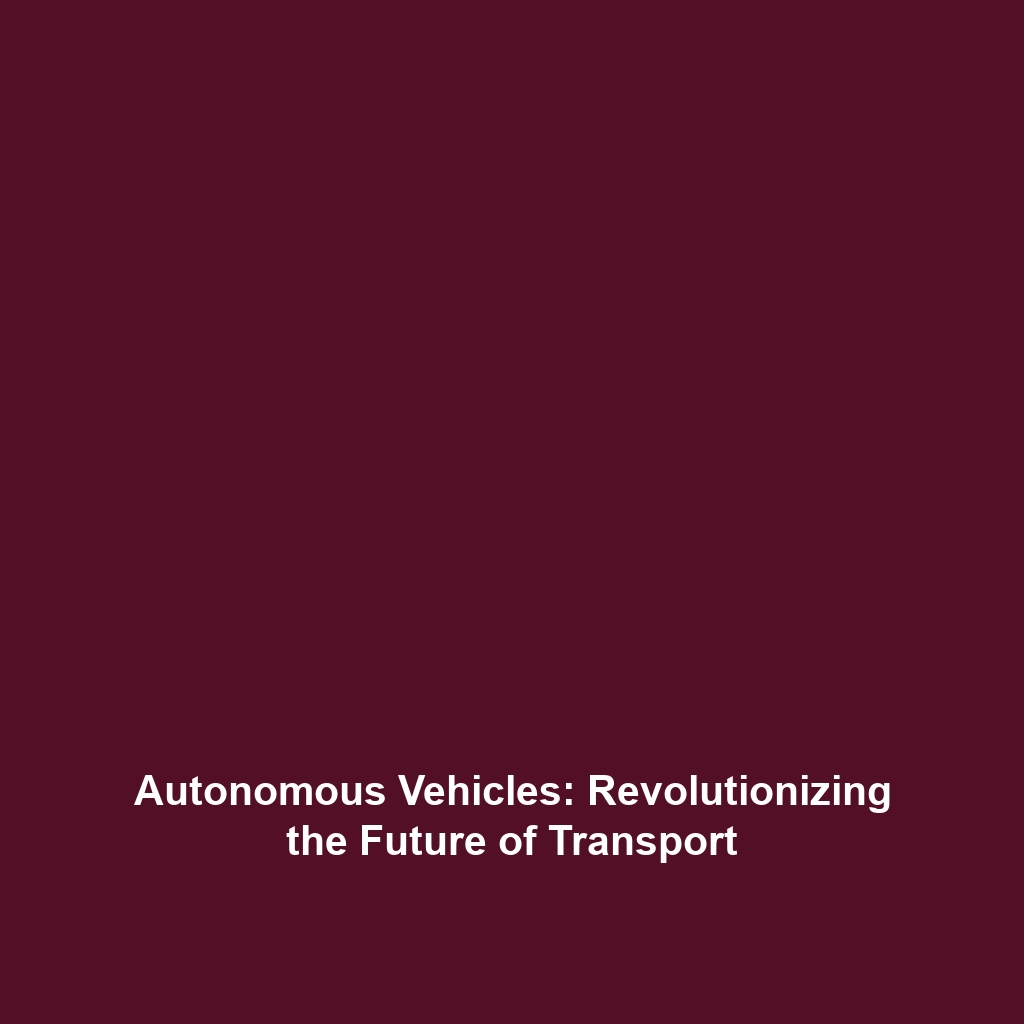Boundary Dam’s Success Demonstrates How CCS Can Be Integrated into Existing Power Plants
Boundary Dam, located in Saskatchewan, Canada, stands as a monumental example of how Carbon Capture & Storage (CCS) technology can be effectively integrated into traditional coal-fired power plants. This innovative project showcases not just the feasibility of carbon capture efforts but also their significance in the global transition towards sustainable energy solutions. With climate change exacerbating, understanding the potential of CCS is crucial for meeting global emissions reduction targets. In this article, we delve into the operational prowess of Boundary Dam and its implications within the broader context of CCS technology.
Key Concepts
Boundary Dam employs a sophisticated CCS system that captures a significant portion of carbon dioxide (CO2) emissions produced by burning fossil fuels. The major concepts surrounding this project include:
- Carbon Capture Technology: The process involves capturing CO2 before it enters the atmosphere, aimed at reducing greenhouse gas emissions.
- Storage Solutions: Once captured, the CO2 is compressed and transported for geological storage in deep underground formations.
- Economic Viability: Integrating CCS into existing power plants like Boundary Dam can enhance their operational lifespan while tackling carbon emissions.
This initiative not only aligns with Canada’s climate policy but also illustrates how CCS can be a practical solution in transitioning towards greener energy procurement.
Applications and Real-World Uses
The applications of Boundary Dam’s successful integration of CCS are numerous, serving as a template for other power plants globally. Noteworthy applications include:
- Enhanced Oil Recovery (EOR): The captured CO2 is utilized to increase oil extraction from depleted oil fields, thereby contributing to energy production.
- Sustainable Energy Practices: By reducing emissions from coal plants, CCS supports renewable energy initiatives and assists in compliance with regulatory frameworks.
- Emissions Reporting and Trading: Projects like Boundary Dam provide demonstrable results for emissions reduction, aiding in carbon trading markets and compliance regimes.
This showcases how Boundary Dam’s success is paving the way for practical applications of CCS in various sectors.
Current Challenges
Despite its success, there are notable challenges associated with implementing CCS technology, including:
- High Capital Costs: The initial investment for CCS technology can be substantial.
- Public Acceptance: There remains a level of public skepticism regarding the safety and effectiveness of carbon capture and storage.
- Infrastructure Needs: Significant infrastructure is necessary for the transportation and storage of CO2.
- Regulatory Framework: A clear policy and regulatory environment is essential for wider adoption, which is still evolving.
Understanding these challenges is vital for facilitating further advances in Carbon Capture & Storage (CCS).
Future Research and Innovations
Research and development in CCS are burgeoning, with several innovative approaches on the horizon:
- Next-Generation Materials: Researchers are exploring advanced sorbent materials to improve CO2 capture efficiency.
- Integration with Renewable Energy: Developing hybrid systems that combine CCS with renewable energy sources to achieve near-zero emissions.
- Geological Storage Enhancements: Innovations in carbon storage techniques may increase the safety and efficiency of injecting CO2 into geological formations.
These innovations may significantly impact the future of CCS, accelerating the transition to low-carbon power systems.
Conclusion
The success of Boundary Dam in demonstrating the integration of Carbon Capture & Storage (CCS) into existing power plants marks a significant milestone in our fight against climate change. By showcasing the viability and benefits of CCS technology, it serves as an inspiration for future projects globally. As we move forward, continued innovation and a collaborative approach will be essential to overcoming the challenges inherent in CCS implementation. For further reading on advancements in carbon capture and sustainable energy solutions, explore our comprehensive overview of CCS technologies.



